Farmer Buckleys Exploding Trousers
And other odd events on the way to scientific discovery
NewScientist
Farmer Buckleys Exploding Trousers
And other odd events on the way to scientific discovery
Edited by
Stephanie Pain

First published in Great Britain in 2011 by
Profile Books Ltd
3A Exmouth House
Pine Street
Exmouth Market
London EC1R 0JH
www.profilebooks.com
10 9 8 7 6 5 4 3 2 1
Copyright New Scientist 2011
The moral right of the authors has been asserted.
All rights reserved. Without limiting the rights under copyright reserved above, no part of this publication may be reproduced, stored or introduced into a retrieval system, or transmitted, in any form or by any means (electronic, mechanical, photocopying, recording or otherwise), without the prior written permission of both the copyright owner and the publisher of this book.
A CIP catalogue record for this book is available from the British Library.
ISBN 978 1 84668 508 8
eISBN 978 1 84765 749 7
Text design by Sue Lamble
Typeset in Palatino by MacGuru Ltd
info@macguru.org.uk
Printed and bound in Great Britain by
Clays, Bungay, Suffolk
The paper this book is printed on is certified by the 1996 Forest Stewardship Council A.C. (FSC). It is ancient-forest friendly. The printer holds FSC chain of custody SGS-COC-2061

Contents
Introduction
On 12 August 1931, New Zealand farmer Richard Buckley hit the headlines of his local newspaper. What had he done? Strictly speaking, he hadnt done anything. He owed his claim to fame to his trousers. One minute they were hanging harmlessly before the fire to dry. The next there was a huge blast and a ball of flames. Farmer Buckleys trousers had exploded. Buckley was an early victim of what soon became an epidemic of exploding trousers. All across the country, there were reports of detonating dungarees and blazing breeches. Buckley had been lucky. He hadnt been wearing his at the time.
If you havent heard of Farmer Buckleys near-lethal legwear, youre in good company. The incident quickly faded into obscurity, and as far as we know it has never featured in any book on the history of science. Here at New Scientist, though, we think those trousers deserve a good airing. Why? Because the story is a salutary one, an example of how scientific advances meant to improve peoples lives and livelihoods can sometimes backfire in this case literally. In its own small way, the tale helps to counter the widespread misconception that science and technology have advanced along a straight and narrow road from one milestone to the next.
They havent. The quest to understand and manipulate the world we live in has been anything but straightforward. Our scientific ideas and the technologies we rely on today have been arrived at by a process best described as haphazard. One brilliant idea doesnt necessarily follow another, nor does one breakthrough lead inexorably to the next. The search for understanding meanders here and there, stumbles up blind alleys and is frequently never seen again. Nor, disappointing though it might be, are all those who endeavour to push science and technology beyond their known limits simply in it for the kudos, happy to satisfy their curiosity and maybe earn a place in history. There are baser urges at work. Some are driven by greed or commercial expediency. Some are gripped by an obsession, while others merely indulge their whims and foibles.
Newton might well have believed that he saw further than others by standing on the shoulders of giants, but giants are rare. Most of what we know has been built slowly and ponderously on the efforts of more diminutive predecessors. Of course there have always been plenty of smart, resolute, even brave scientists with imaginative and ingenious ideas. But the history of science is also peppered with a cast of fascinating characters including money-grubbers, fraudsters and, dare we say, cranks whose ideas went nowhere, held back progress or even did harm. And so, to set the record straight, wed like to introduce you to some unfamiliar characters and events that helped make history.
As much as we admire the Newtons and Darwins of this world, we think its unfair that quite so much attention is lavished on the geniuses and their triumphs. Theyve had centuries of fame. Instead this book, which started out as a series of snapshots of people and events that first appeared in New Scientists popular Histories column, is devoted to those that are all but forgotten but shouldnt be. Thats why you wont find any mention of Newtons apple or Darwins finches but you will learn what happened to Farmer Buckleys trousers.
Stephanie Pain
No pain, no gain
Where would we be without all those pioneers who put their bodies on the line in the name of science? Not all are as selfless as they seem. Sometimes one body feels the pain and another makes the gain. Just occasionally both pioneer and patient get something out of it.

Scalpel, suture, salt beef
Alexis St Martin was a dead man: of that everyone was certain. When the young Canadian trapper entered the general store of the American Fur Company in the northern frontier town of Mackinac on the morning of 6 June 1822, he had no booze-fuelled fights to pick, no slights to avenge, no pelt deals to dispute. He was simply in the wrong place at the wrong time directly in front of a trappers shotgun when it accidentally went off. The whole charge entered his body, a witness reported. The muzzle was not over three feet from him I think not over two. The wadding entered, as well as pieces of his clothing; his shirt took fire; he fell, as we supposed, a dead man. But the shooting of Alexis St Martin was to take a bizarre turn, one that would help to unravel the mysteries of digestion.
There was a terrific blast, a groan and then a thud as Alexis St Martins body slid to the floor. No one who witnessed the accident really believed a doctor could help, but they sent for one anyway. William Beaumont, an army surgeon based at the local fort, arrived some 20 minutes later to examine a dreadful wound under the victims left breast. The shot had blown off integuments and muscles the size of a mans hand materials forced from the musket, together with fragments of clothing and pieces of fractured ribs, were driven into the muscles and cavity of the chest. Beaumont cleaned the gaping wound as best he could, but with the trappers breakfast running out from a hole in his stomach, the end seemed certain. The man cant live 36 hours, he remarked as he left.
Beaumonts prognosis was based on hard-won experience. As assistant army surgeon during the war of 1812, he had treated soldiers with appalling injuries. After one engagement he spent two days amputating limbs and trepanning broken skulls. By the time he examined St Martin, Beaumont had seen all imaginable wounds, and their typically fatal results.
Yet the stubborn trapper survived the loss of blood, 10 days of fever, and weeks during which shattered bone and cartilage oozed out of his wound. Eating and drinking were impossible; the contents of his stomach simply spilled out from the hole. For weeks, the only way to sustain St Martin was by injecting fluids into his rectum. But he rallied, clinging to life for so long that Beaumont was forced to take the penniless patient into his own home. A few weeks later, the hole had stabilised sufficiently for the surgeon to cover it with bandages, allowing the trapper to eat.
Next page

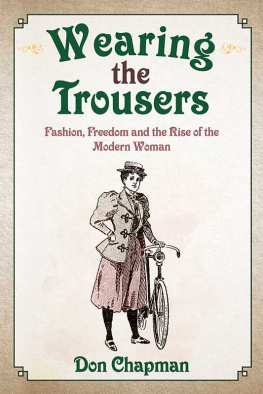

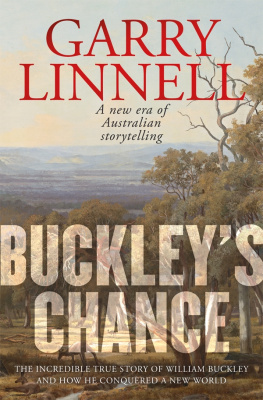
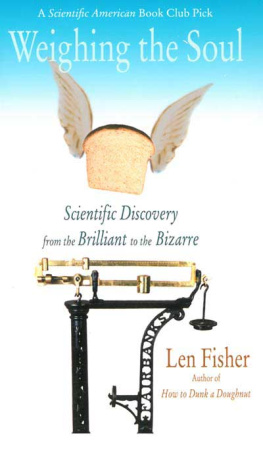
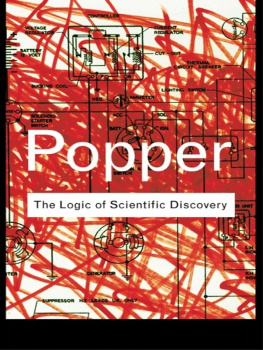

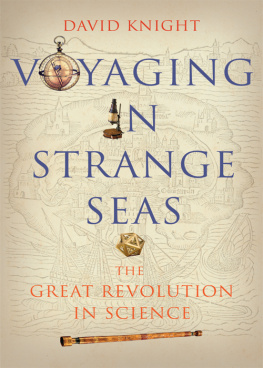




 Scalpel, suture, salt beef
Scalpel, suture, salt beef